Did you ever wonder what spiders are common in Vermont? The good news is – none of the most common ones are poisonous and all of them actually help keep many different pest populations down in the Green Mountain State. Here is a handy, if not a little creepy, guide to some of the most common spiders you will find in VT. Surprisingly, it does not include the Brown Recluse. Many people get that guy mixed up with other spiders in our area. That venomous menace is not indigenous to our area. Rest easy about that.
Black Widow – actually, sadly, prevalent in VT, black widows are considered the most venomous spider in North America. Their venom is reported to be 15 times stronger than a rattlesnake’s!
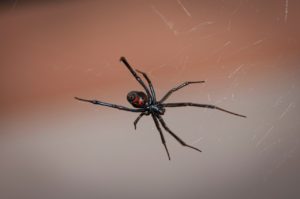
Triangulate House Spider – these are the most common spiders in all of North America – not just Vermont. You’ll find triangulate cobweb spiders in garages and basements mostly.
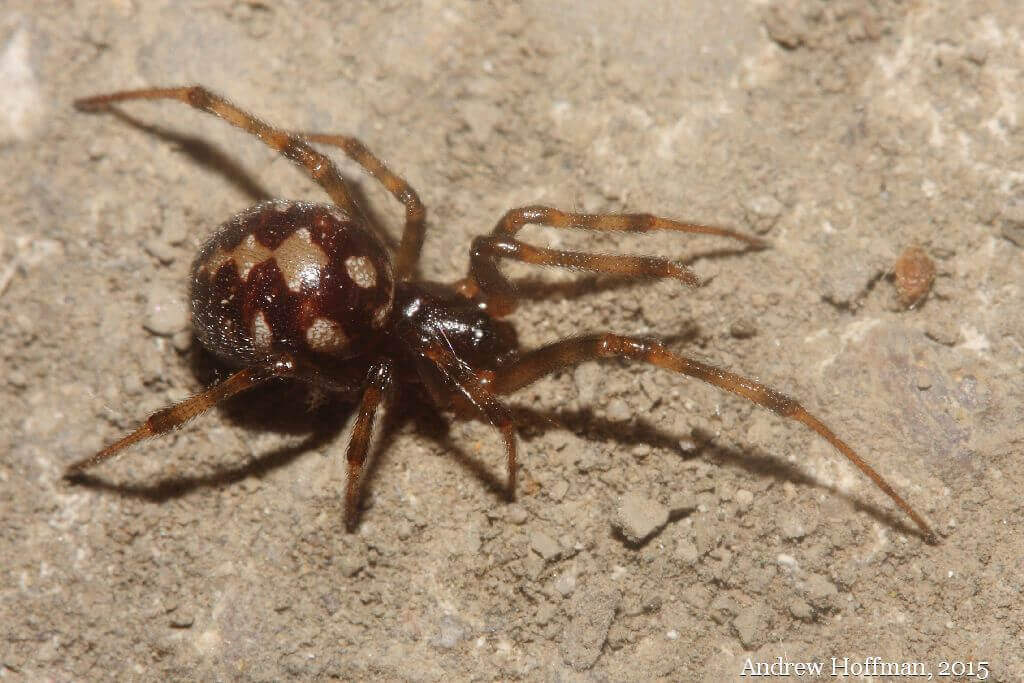
Grass Spider – these are not harmful and rarely bite unless provoked or agitated. Even if a grass spider did bite, it wouldn’t cause any harm anyway.
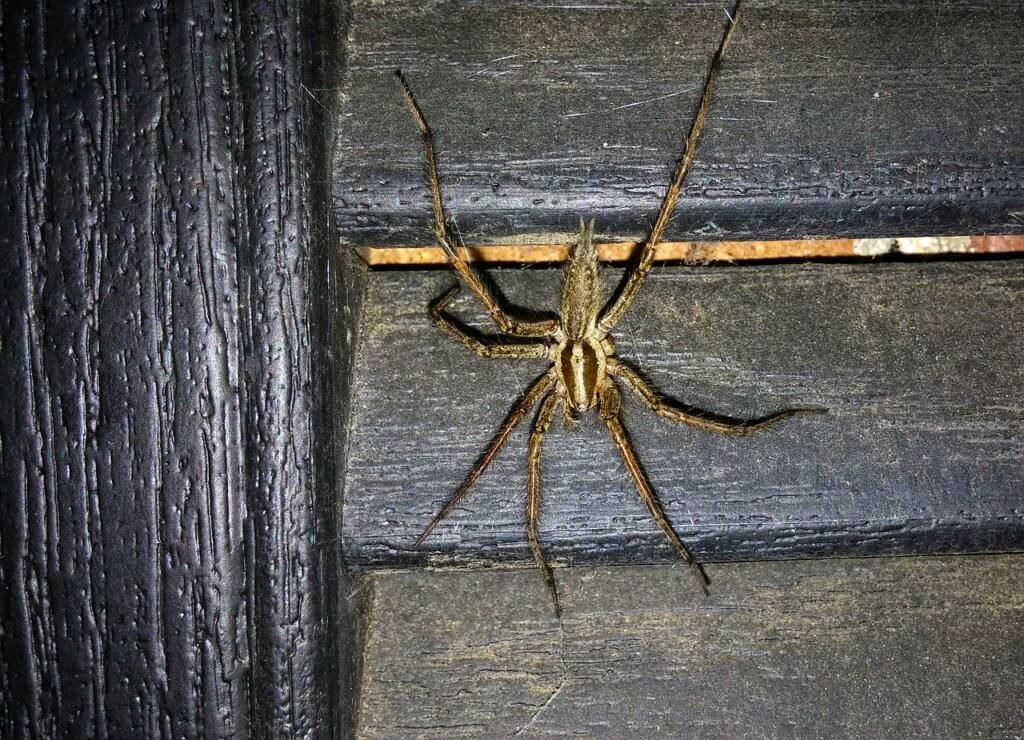
Wolf Spider – wolf spiders don’t spin webs; instead, they chase and pounce on their insect prey like the wolves that inspired their name.
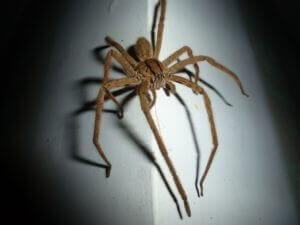
Common House Spider – house spiders prefer to build their messy webs on the interior and exterior of buildings and in sheds, stables, and barns.
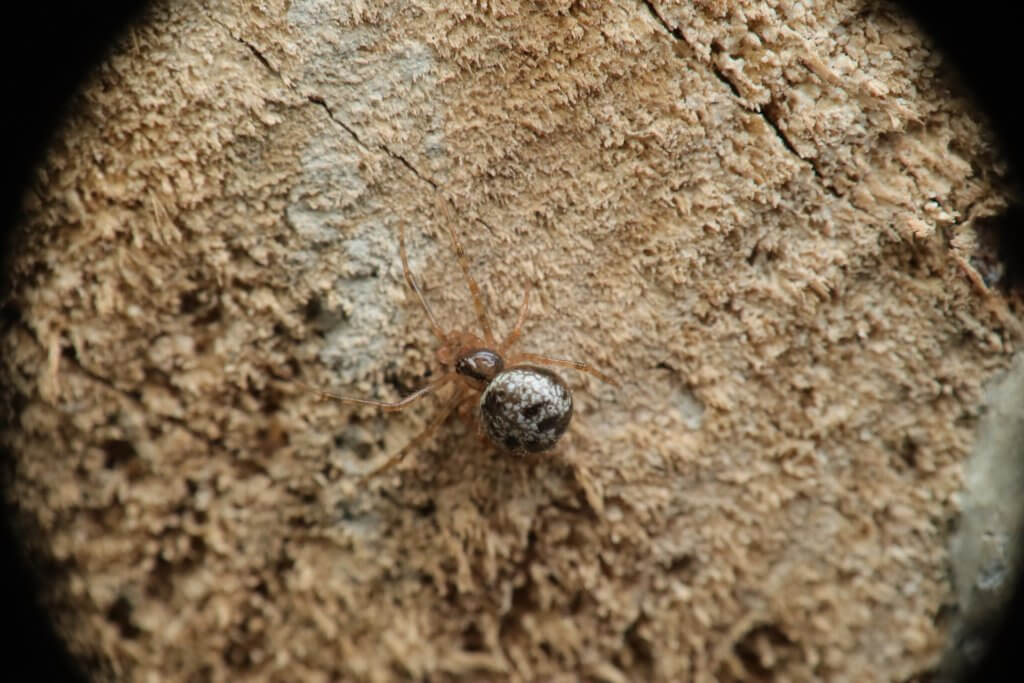
Long-bodied Cellar Spider – cellar spiders prefer to hang upside down in their webs as they wait for prey, which typically consists of other spiders and insects.
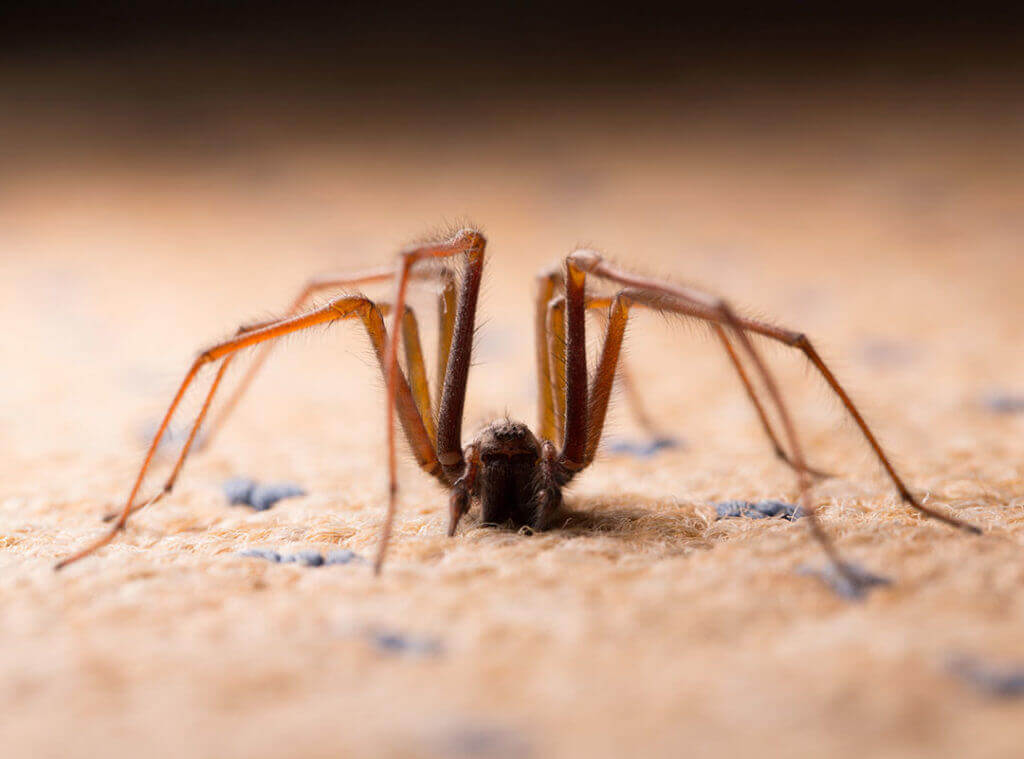
Bold Jumping Spider – they actually do jump, and their natural habitats are grasslands, prairies, and open woodlands – including backyards.
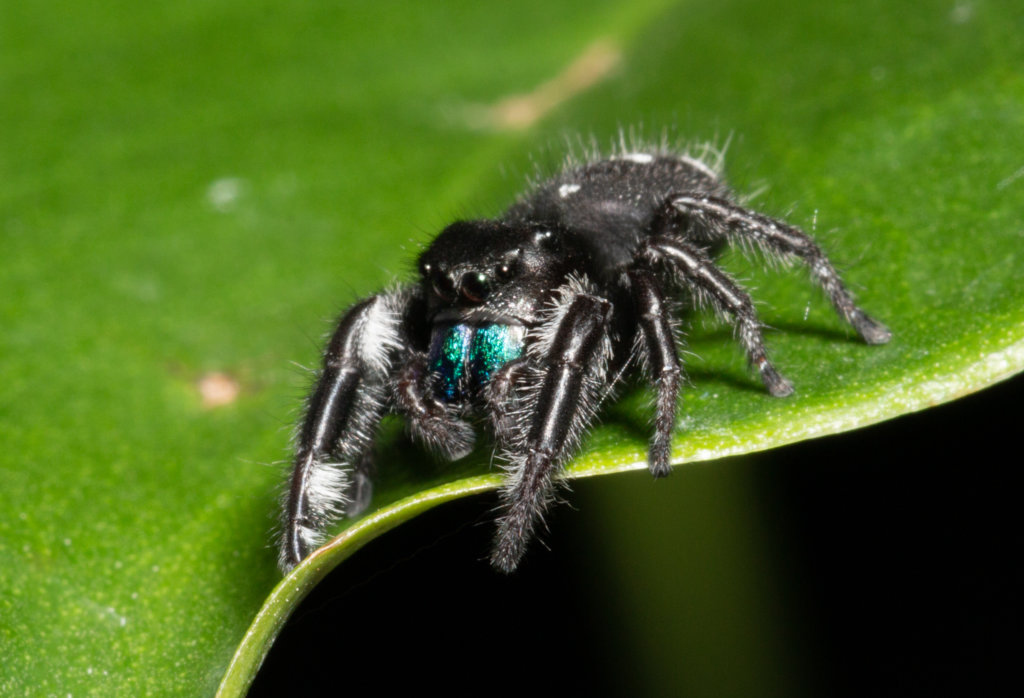
Wall Spider – these guys are tiny but also super fast, which makes up for being so small.
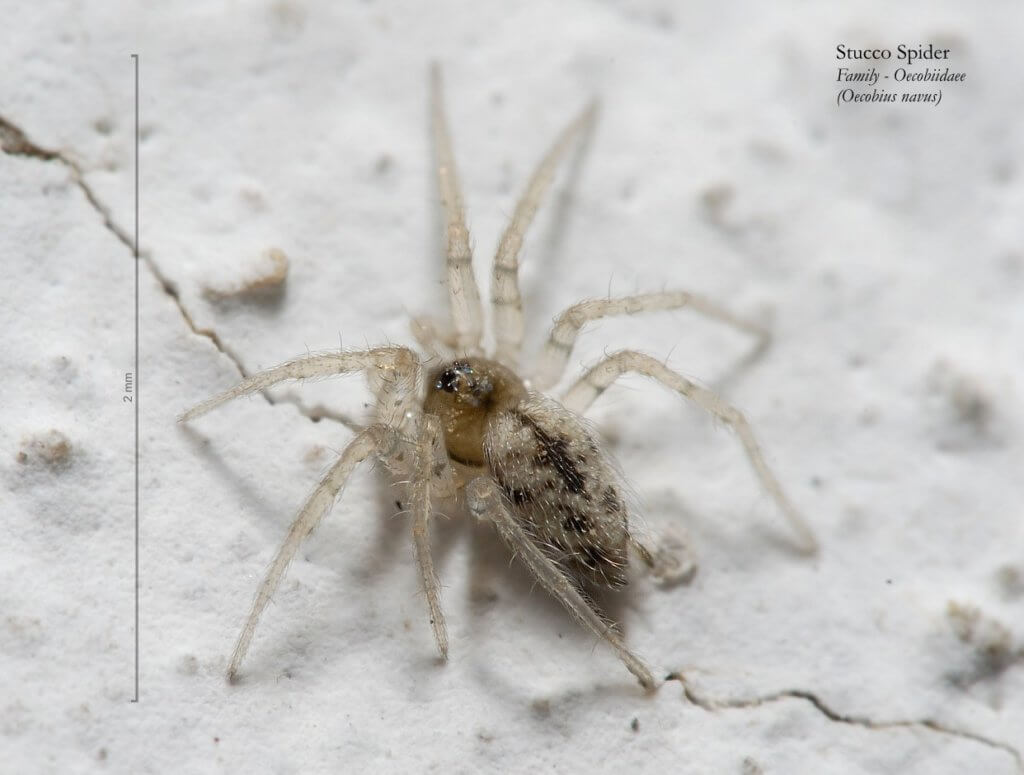
Photo Credit: Kamran Iftikhar
Orchard Orbweaver – much like their name suggests, these spiders are mostly found in orchards and are helpful in keeping other pests that could damage the trees and/or fruit away.
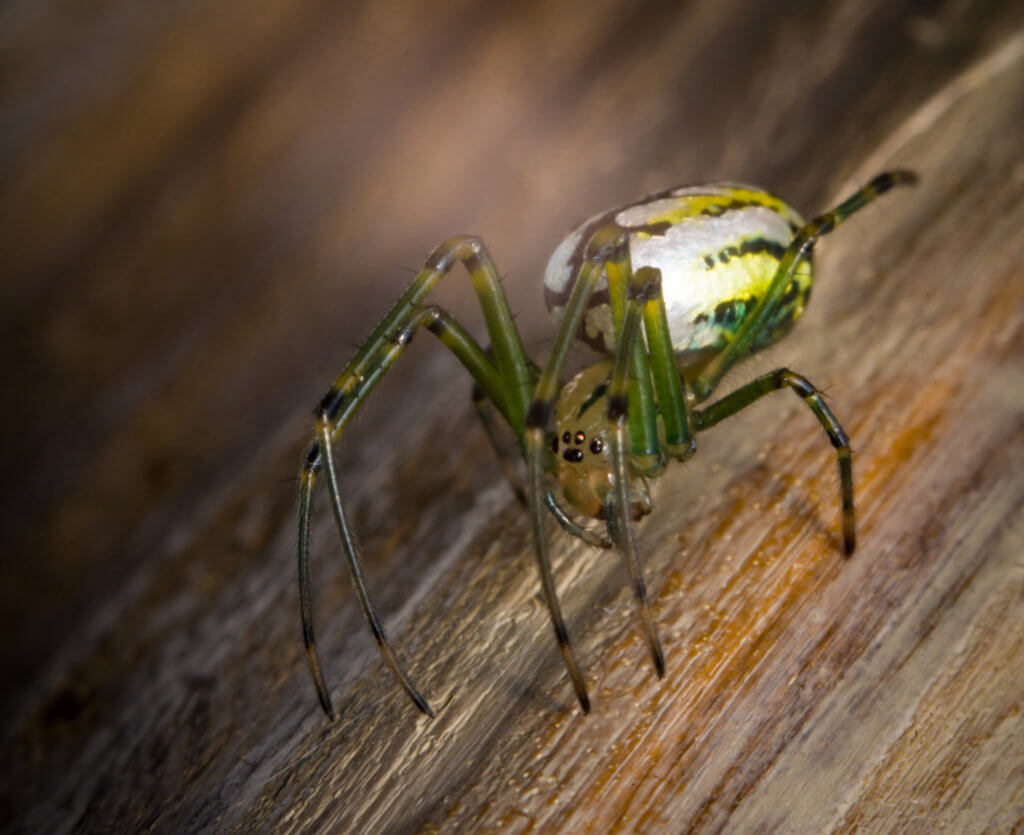
Zebra Jumping Spider – they jump by explosively straightening their back legs which are powered by the pressure created when blood is pumped into them from the body.
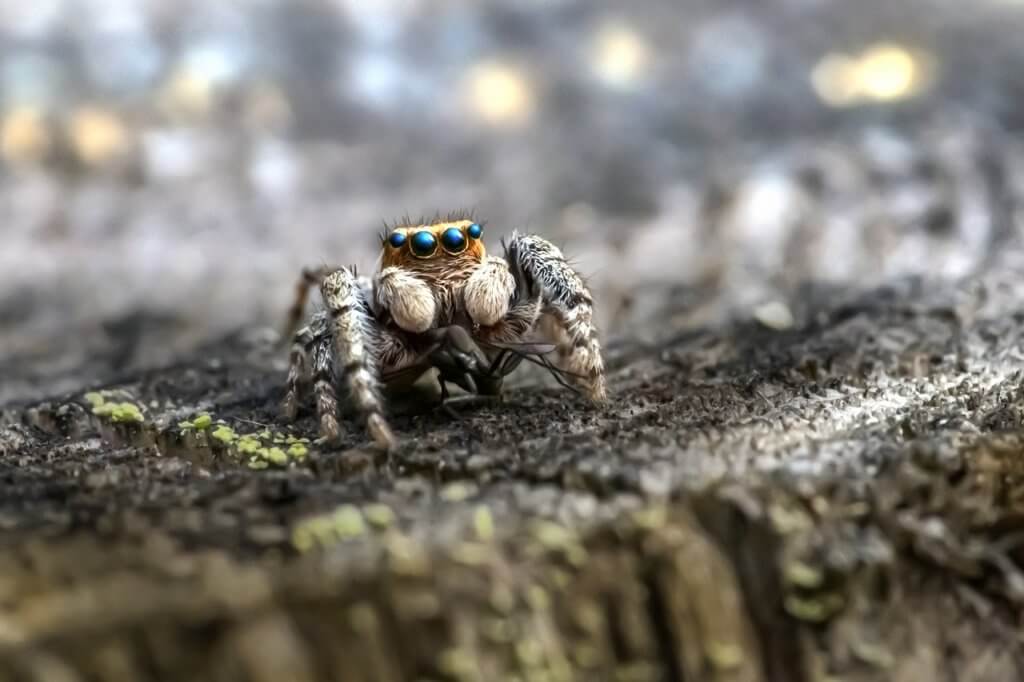
Six Spotted Orbweaver – while common to homes, they are often not seen and therefore are good in our book.
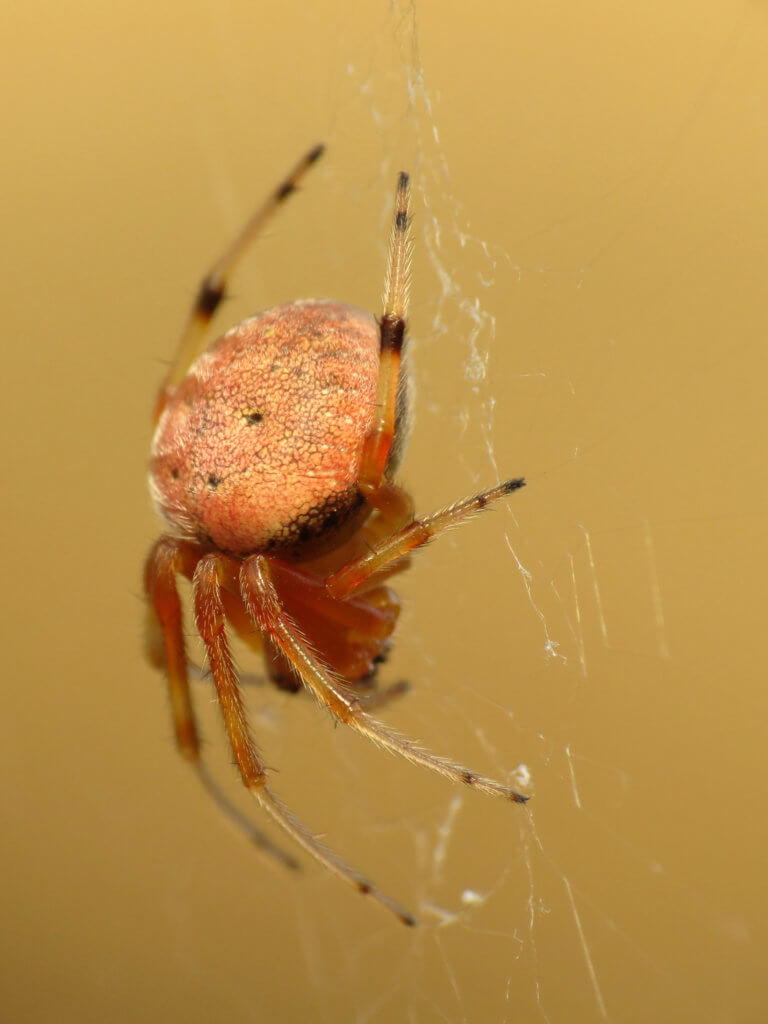
Golden Jumping Spider – their excellent sense of sight comes from four pairs of large eyes. Golden jumping spiders also have three rows of eyes that help them to see what is all around them.
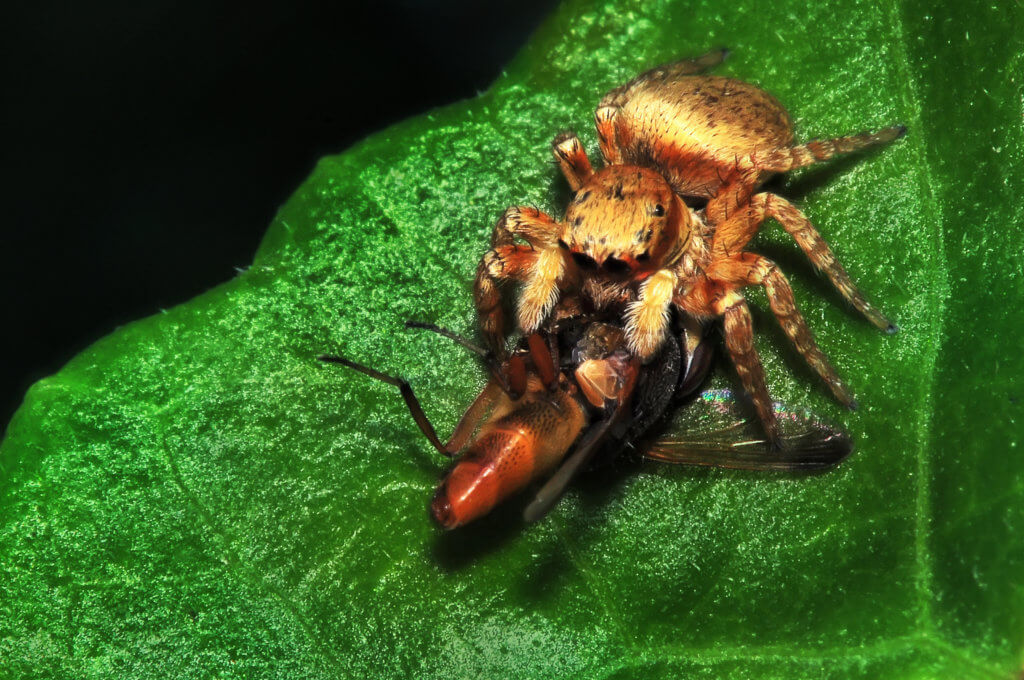
(Eating a Cockroach!)
Shamrock Orbweaver – the bite of a shamrock spider can be painful, but it’s not dangerous for humans with effects comparable to a bee sting.
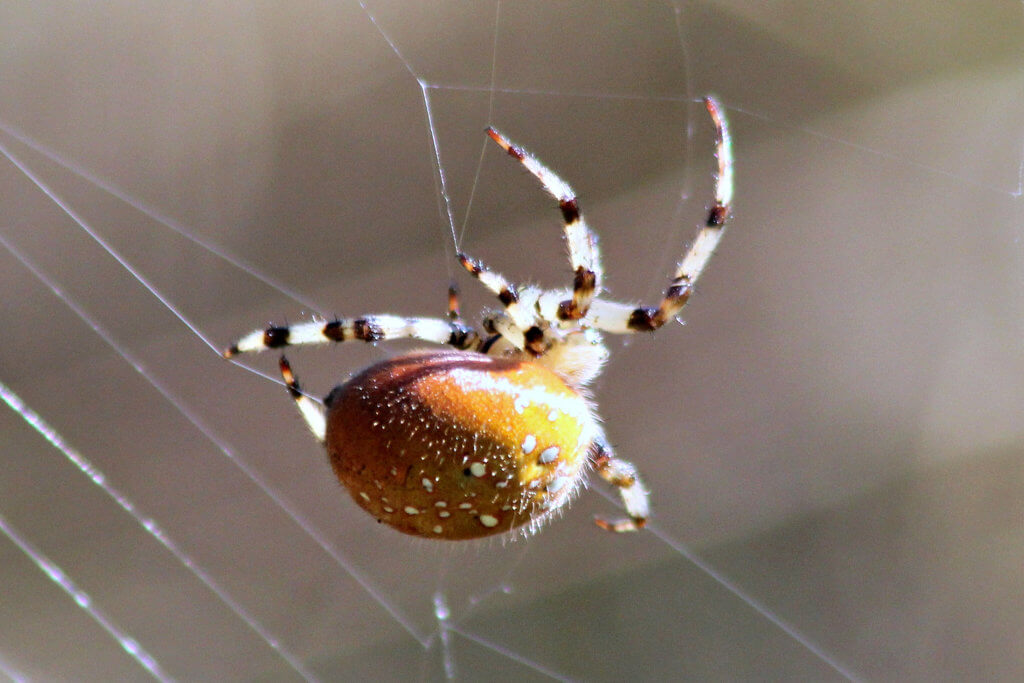
Photo Credit: David Hoffman
Yellow Sac Spider – they don’t make webs; rather, they build a sac or silken tube in protected places. And yellow sac spiders do have a nasty, painful bite!
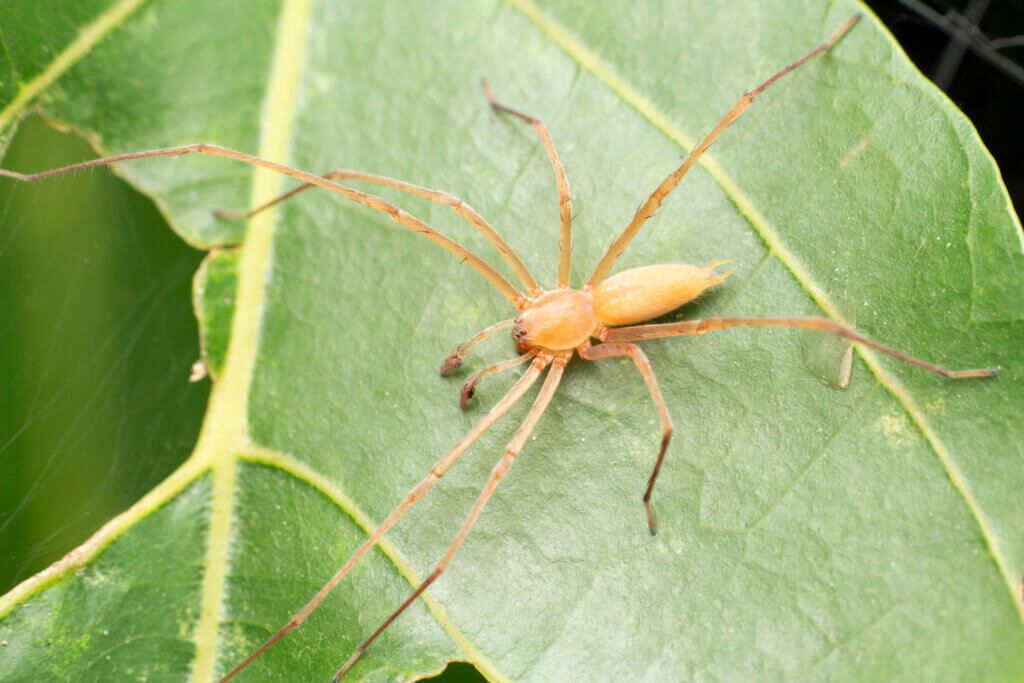
Marbled Orbweaver – it’s sometimes called the pumpkin spider from the resemblance of the female’s inflated abdomen to an orange pumpkin.
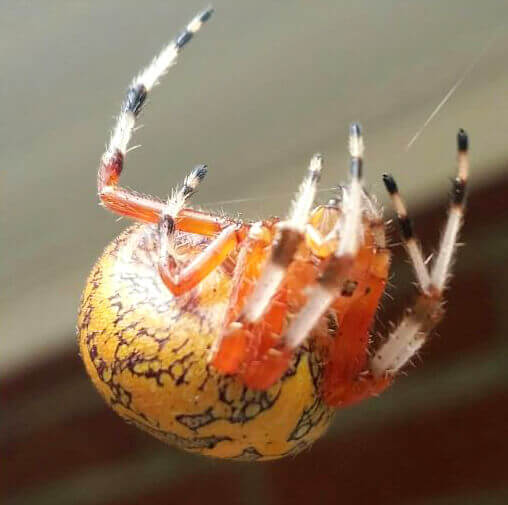
Photo Credit: James St. John
False Widow – false widow spiders are often the subject of unflattering headlines, but in reality, they’re unlikely to bite humans.
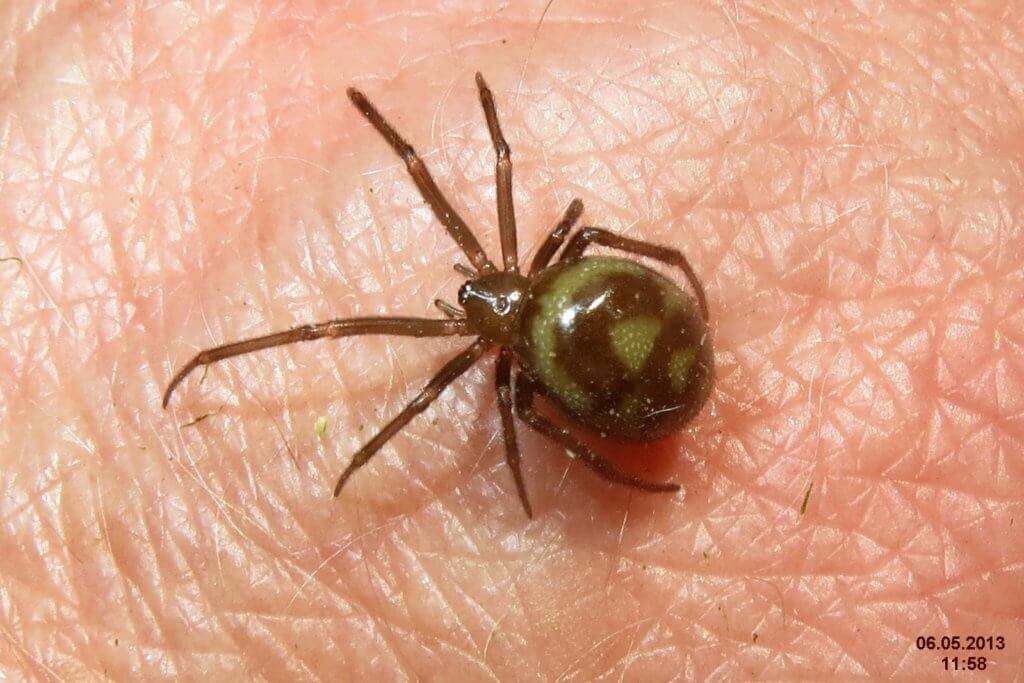
Photo Credit: David Short
Red-spotted Orbweaver & Spotted Orbweaver – during the day, these orbweaver spiders usually hide in a curled leaf near the edge of their web.
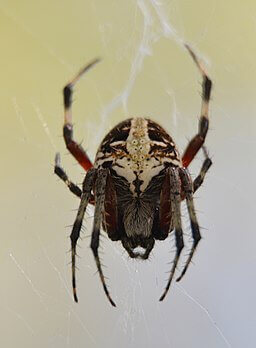
Western Lynx & Striped Lynx – both species can be found in Vermont yards and gardens throughout most of the year.
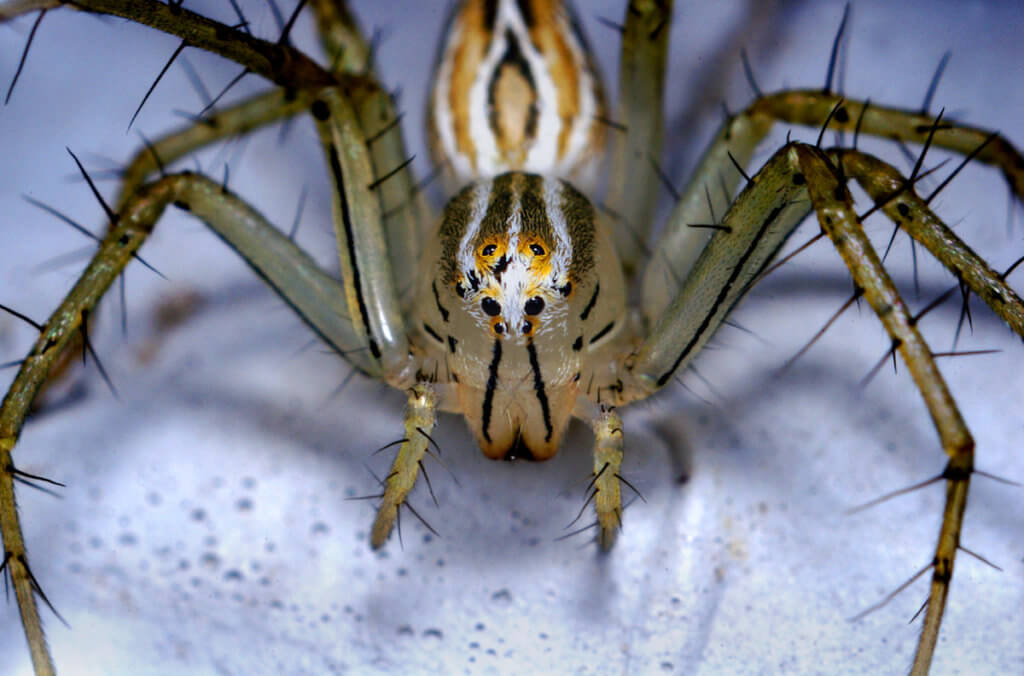
Photo Credit: Thomas Shahan
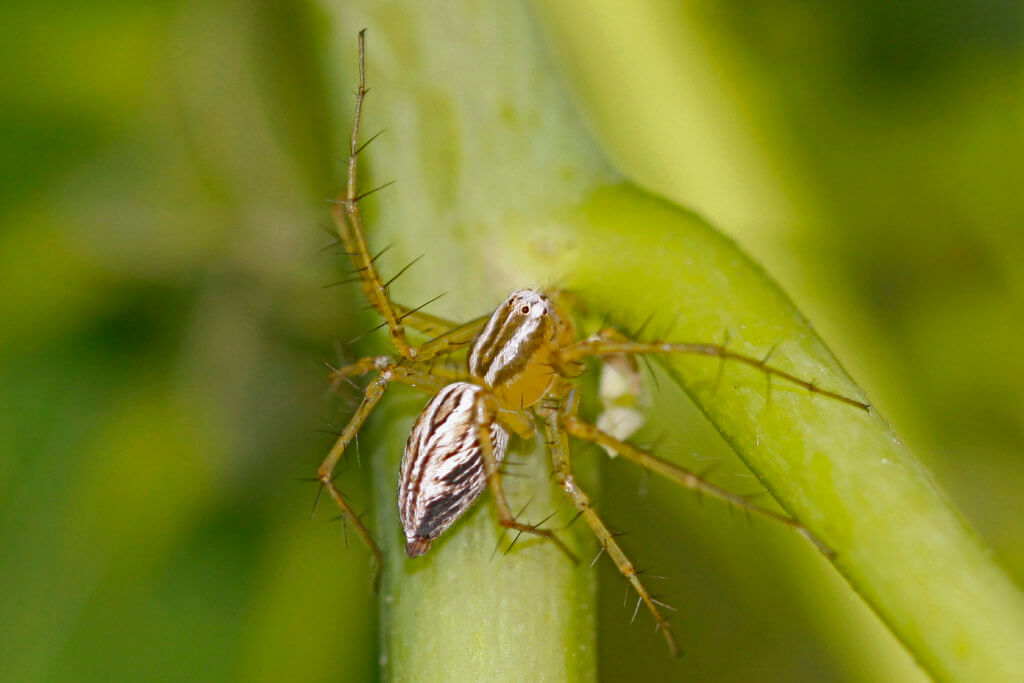
Photo Credit: Judy Gallagher
Cross Orbweaver – the markings on a cross orbweaver spider are very unique and actually quite pretty. You know – if you’re into that type of thing.
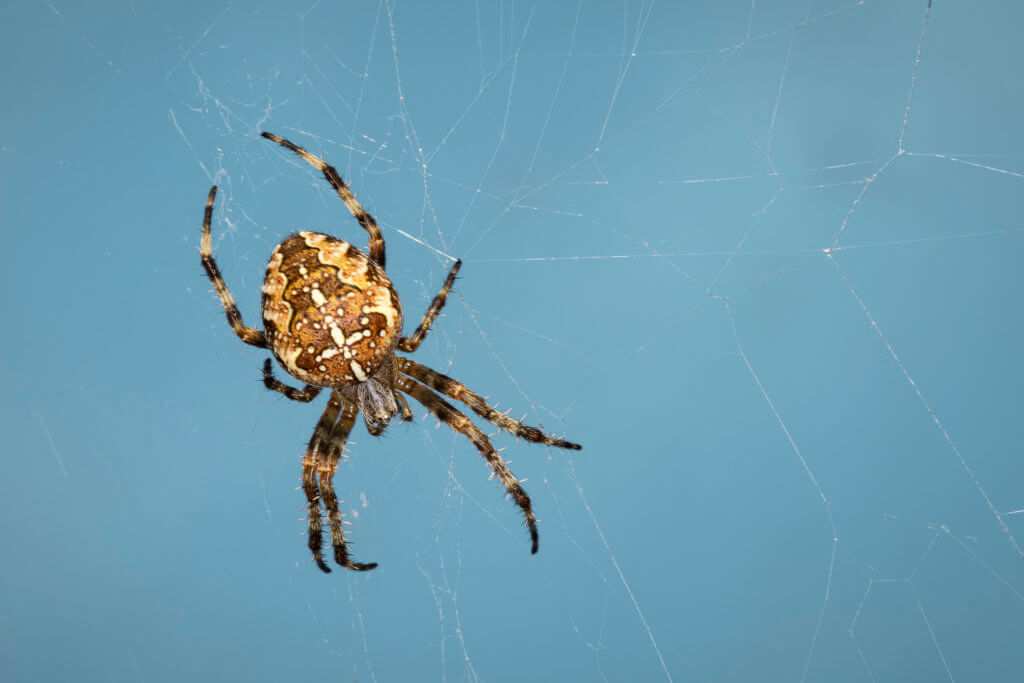
Photo Credit: James Johnstone
Crab Spiders (Misumena vatia & Mecaphesa) – crab spiders usually tend to stick to the flowers around the house in lieu of coming inside.
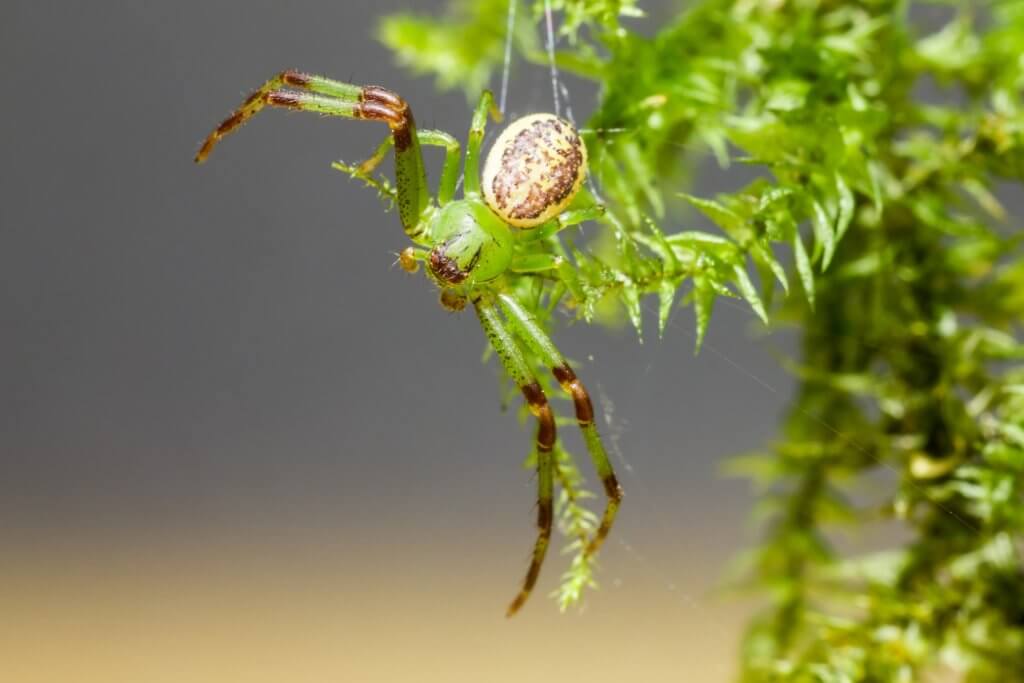
Woodlouse Spider – their large size and aggressive nature when handled by humans makes them an imposing but still not venomous species.
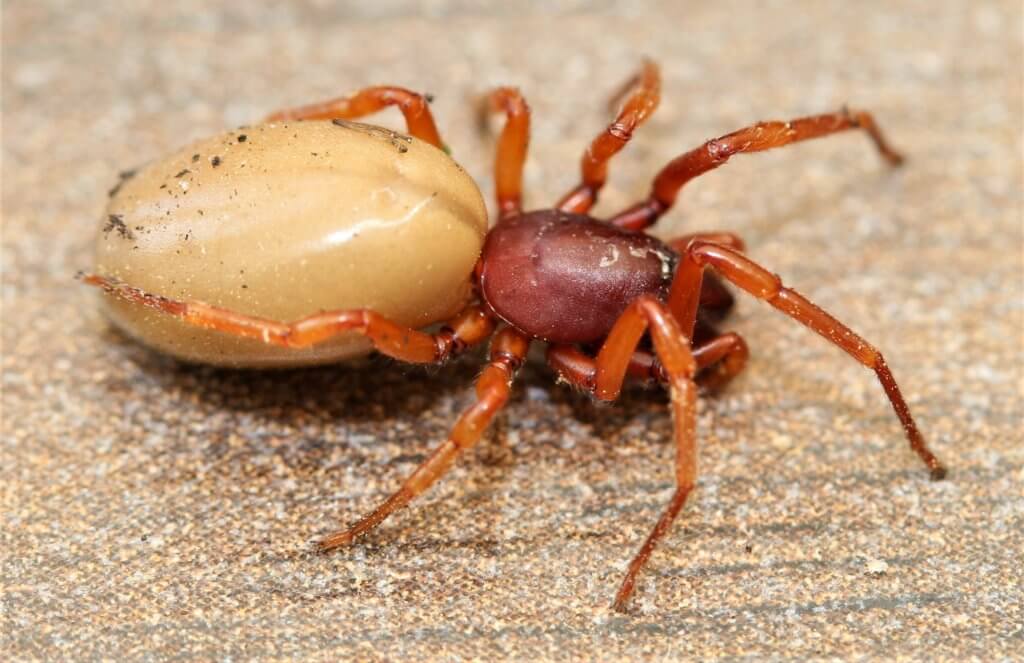
Photo Credit: Nick Goodrum
Nobody wants spiders in their home. But we can rest easy that we don’t live in Australia – where the most poisonous spider in the world actually resides. Our spiders, much like Vermont natives themselves, may look imposing, but in the end, they are sweet and kind and beneficial to the environment.